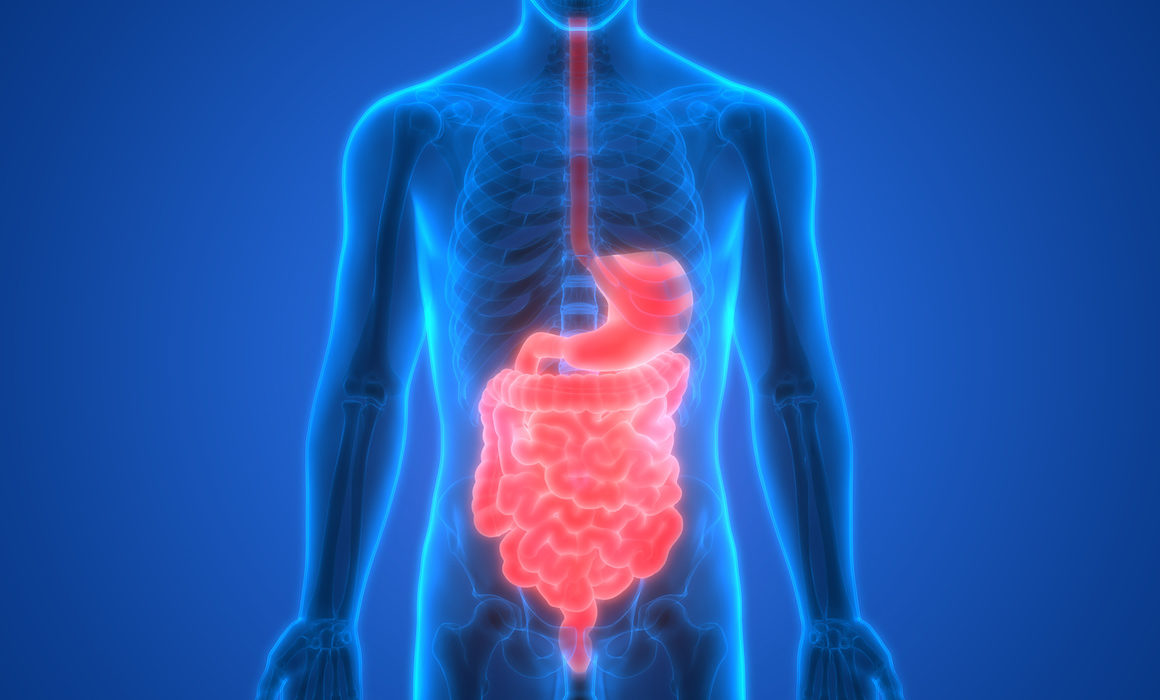Imagine restaurant menus with selected dishes for men and others exclusively for women, or supermarket products categorized by gender. Looking even further into the future, what about designer 3D cultivated steaks that are male- or female-specific?
Using simulated digestive systems, Technion scientists have identified differences in the way men and women digest food that could help tailor healthier food solutions by gender.
The study, published recently in Food Hydrocolloids, was prompted by research recognizing that some medications are more effective in treating a specific gender, and that the same drug can have different side effects in men versus women. “We thought, if this works for drugs, why not for food?” said Associate Professor Uri Lesmes, head of the Lab of Food Chemistry and Bioactives and the Food and Health Innovation Center in the Technion Faculty of Biotechnology and Food Engineering.
“Often the biggest question is the simplest,” he said. “If Adam and Eve ate the same apple, would it break down in their bodies the same way and end up doing the same thing?” Scientists have not given the same food to a healthy man and a woman of the same age to see what happens when it enters their bodies. So, Prof. Lesmes and master’s student Carolina Lajterer explored the “digestive fate” of dairy proteins to determine whether they degrade at the same rate and into the same byproducts in men and women. They chose key whey proteins, found in nutritional bars and shakes, because of their nutritional importance and ability to affect energy intake and appetite.
“First we asked: is there a real difference in gut functions?” said Prof. Lesmes. Lajeterer sifted through more than 1,000 articles and clinical studies, searching for gender-based differences in gut physiology in parameters such as acidity levels in the stomach, enzymes in saliva, transit of food between the stomach and small intestine, and intestinal secretions. Finding the data was tricky because there are not many studies conducted on healthy individuals and fewer still comparing food digestion by gender. “You need to find different pieces of the puzzle and put it together.”
Next the findings needed to be quantified. So Lajeter captured the gender-based digestion parameters, which she programmed into a computer that used an algorithm to control two bioreactors in the research lab. These bioreactors, or simulated digestive systems, are glass containers connected to pumps and sensors. One contained physiological secretions mimicking the human stomach, the other recreated the small intestine. The researchers then poured the model milk samples into the bioreactors and set the program for one or the other sex.
“In the morning, the systems could operate as a female. After her lunch break, Lajterer took the same food sample and same vessels but programed the system to act as a male,” said Prof. Lesmes.
“Then we went to compare. That was the Eureka moment!” he said. Though most of the whey was broken down similarly, there were pronounced gender differences in specific regions of the proteins that were differentially degraded. “To our surprise, these regions contain peptides that have been reported to influence the sense of satiety and fullness. So the same glass of milk might make a male feel fullness or hunger differently than a female.”
What does this mean? “If we change the protein structures and/or compositions we can be more precise in what we eat, so maybe we can engineer foods in a more correct manner so people won’t continue searching for unnecessary calories,” Lesmes said. Nutritional advice for men and women typically centers on the quantity of food eaten or the selections of foods eaten, while the products stay the same. The new research could lead to the rational design of food that is optimally suited to males and females. “We can reverse engineer food and better tailor it to the consumer. In the 21st century, food shouldn’t be one size fits all.”
The research also suggests that certain foods might have a higher or lower caloric value depending on who is eating it, Prof. Lesmes explained. This could impact food labeling and could lead to supermarket shelves designated by sex.
He envisions a future in which manufacturing plants could use their current production floors but alternate production days, rolling out foods for women one day and products for men the next. And as concern about food scarcity has led foodtech scientists and companies to develop 3D printed steaks from cow cells, that emerging technology could also be pushed further. Prof. Lesmes foresees a time when companies will engineer gender-specific lab-cultivated steaks, and home kitchens will have a 3D food printer capable of cooking for women on Tuesdays and men on Wednesdays.
“Overall, the research in our lab seeks to make meaningful contributions to the human ability to master food production in the context of optimizing, not compromising, health or healthy aging,” he said. He and his team have experimented with insects, algae, and plants to create high protein, sustainable food alternatives, and are working within the EAT4AGE consortium of European academics to fabricate breakfast cereals, cheeses, spreads, and processed meats, all tailored to benefit the elderly.
Lajterer’s research, conducted for her master’s thesis, offered proof of concept that exploring gender-based food digestion is worth pursuing. Since their work with whey, the team has been experimenting with soy, eggs, and other proteins. “Our sex-based digestion models are excellent tools on the path to facilitating responsible engineering of future foods, ensuring optimal resource utilization with individual health in mind.”
